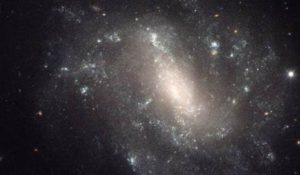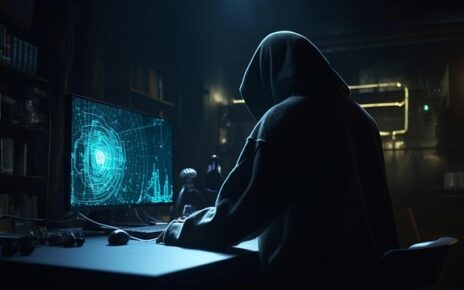
NASA’s Hubble Space Telescope has captured some stunning images of a galaxy IC 342, that sits near the equator of the Milky Way’s galactic disk. Although this spiral galaxy is bright, it is difficult to spot because of the glowing cosmic gas, bright stars, and dust around it, thus nicknamed “Hidden Galaxy” by astronomers. IC 342 lies in Camelopardalis constellation, and is about 10 million light-years away from us.
“Located very close (in astronomical terms) to the Milky Way, this sweeping spiral galaxy would be among the brightest in the sky were it not for its dust-obscured location,” NASA explains.
Hubble images depict a mixture of blue star-forming regions and redder, cooler regions of gas, as well as dark lanes of dust swirling around the core of the galaxy. Astronomers also need to gaze through a large amount of material within own galaxy Milky Way to see the spiral structure of IC 342.
The range of colors visible in the Hubble images suggests that galaxy is very active.
“The galaxy is very active, as indicated by the range of colors visible in this NASA/ESA Hubble Space Telscope image, depicting the very central region of the galaxy,” NASA says.
“A beautiful mixture of hot, blue star-forming regions, redder, cooler regions of gas, and dark lanes of opaque dust can be seen, all swirling together around a bright core.”
The core of the galaxy is an HII nucleus type, having presence of ionized hydrogen.
The detailed findings of the research have been published in journals Astrophysical Journal Letters and in The Astrophysical Journal.

